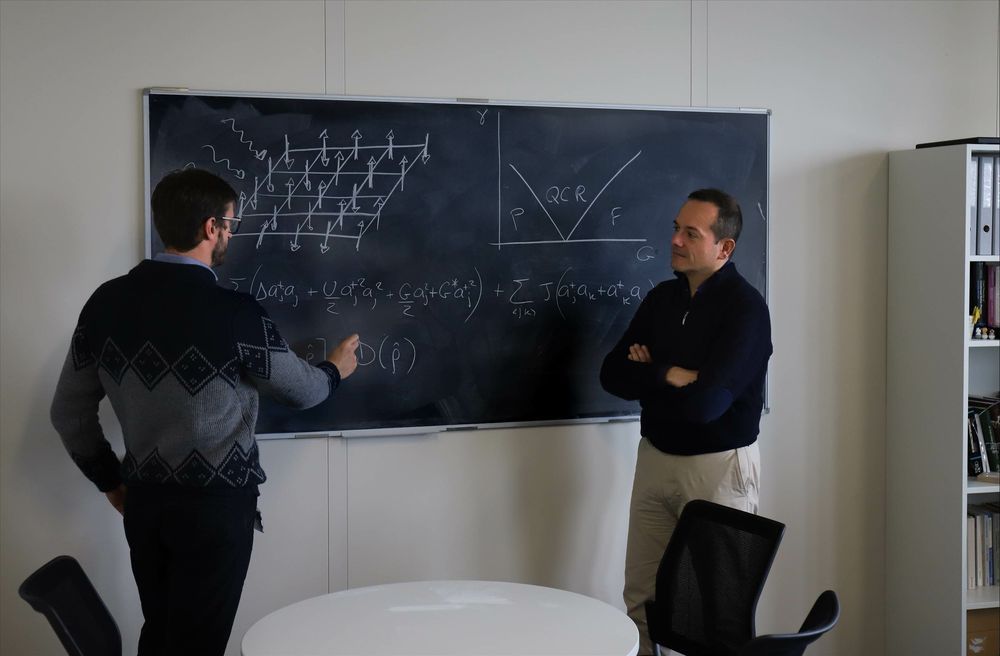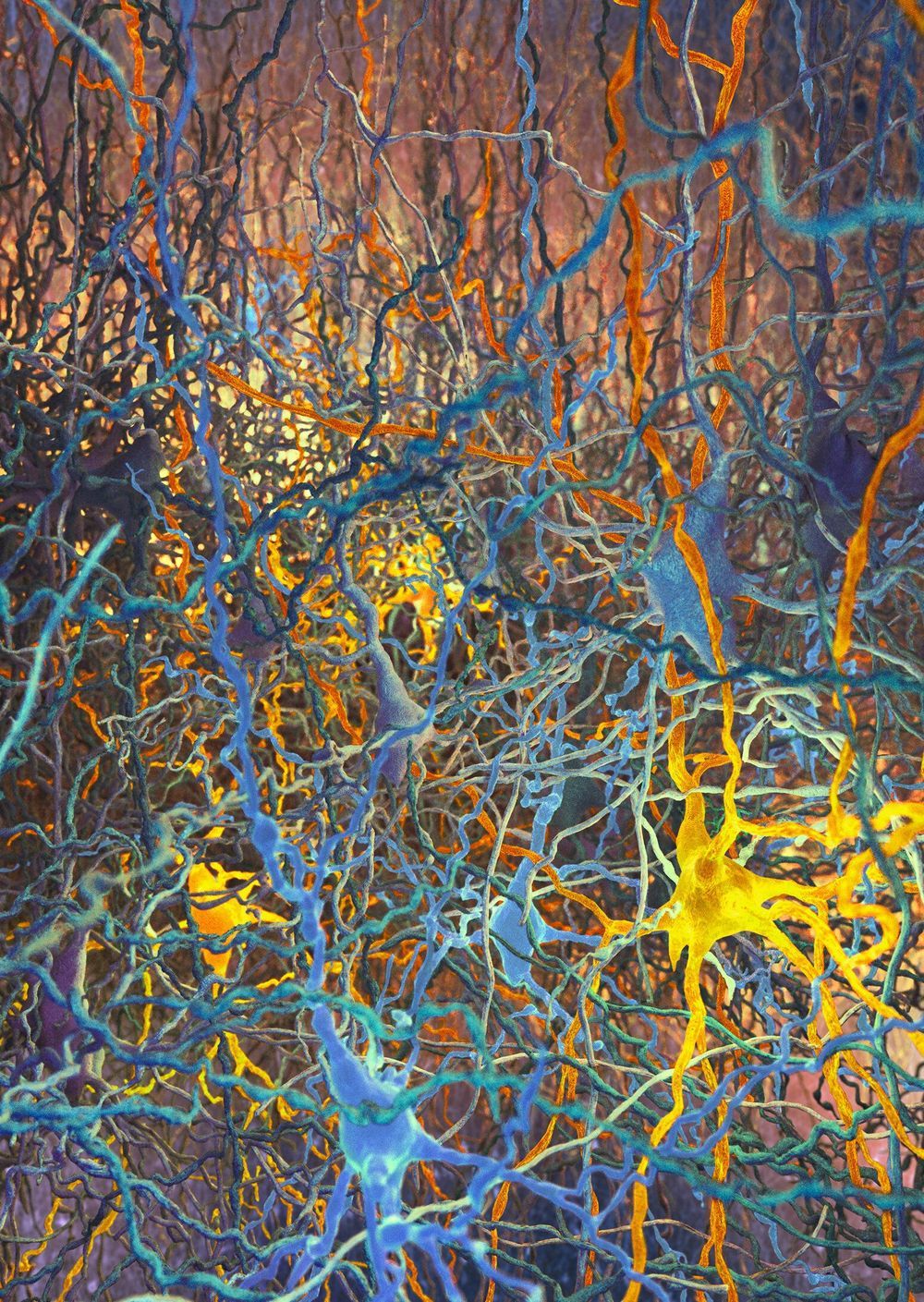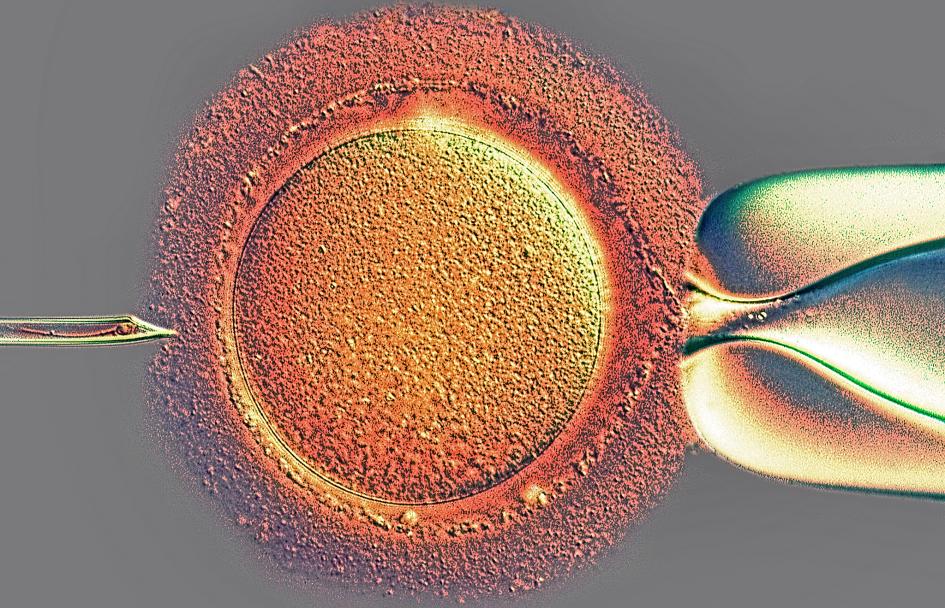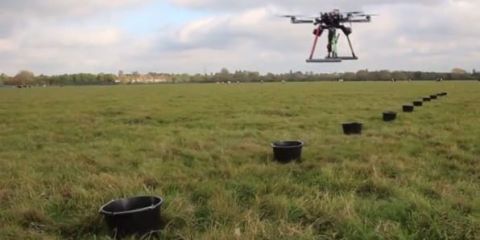Mar 23, 2019
Time maps: How our brain perceives time
Posted by Xavier Rosseel in category: neuroscience
What happens in our brain when we listen to the rhythmic pace of a song or when, at the traffic light, the light is red and we are trembling awaiting the green? How do we perceive such an abstract feature of the world? For the first time in humans, an imaging study shows that in a specific area of the brain, the so-called “supplementary motor area (SMA)”, a time map exists. The study, conducted by the team led by SISSA Professor Domenica Bueti and published in PLOS Biology, shows that distinct portions of the SMA, a region of the cerebral cortex important for both motor preparation and time perception—respond preferentially to different durations. The portions of the SMA responding to similar durations are in close spatial proximity on the cortical surface according to an anterior-to-posterior spatial gradient. The most anterior portions of SMA are greatly active for the shortest duration (200 ms), while the most posterior bits are active for the longest duration (3 sec), the intermediate durations led to the activation of the cortex between those extremes. These novel findings, which are the result of a collaborative effort between SISSA and research institutions in Japan, Switzerland and the Netherlands, are important to gain insights on the computational architecture underlying time perception and they also open up new perspectives to the study of temporal cognition.
The representation of time
“Topography i.e., the fact that neurons processing similar stimulus properties occupy neighbouring positions on the nervous system, is an encoding mechanism widely used in the brain to represent sensory and motor information. For example, there is a body map in our primary somatosensory cortex. In this map, the portions of the cortex receiving tactile information from the hand and the wrist are neighbours compared to those receiving information from the toe” says Domenica Bueti, coordinator of the research whose leading author is the Greek researcher Foteini Protopapa: “our findings show that a topographic representation exists also for something immaterial like time”. Previous studies conducted in humans and other animals have shown the involvement of SMA in time perception. However none of those previous works clarified how temporal information is represented in this area.

















